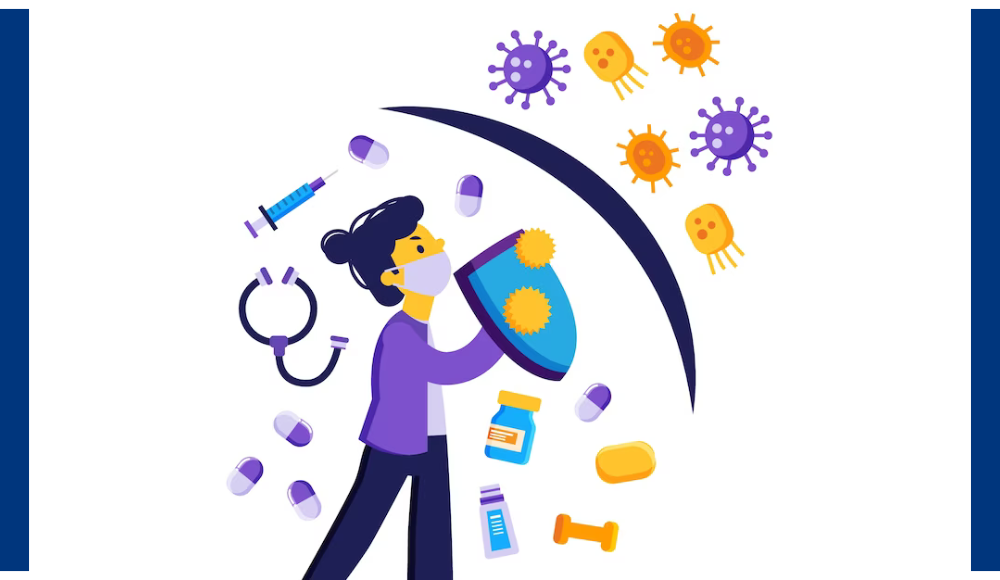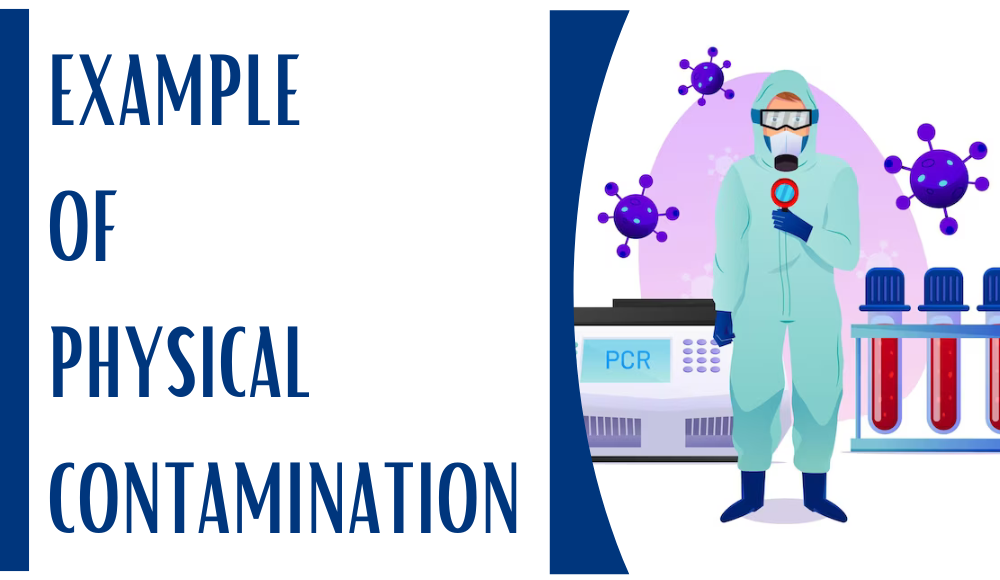The knowledge of the best examples of Physical Contamination is essential. Every day, we come across various products in our lives, ranging from the food we eat to the things we buy, and we trust that they are safe for consumption or use. However, did you know that some of these products may contain physical contaminants that pose a hidden danger? In this discussion, we will explore this critical topic, making it relatable by examining examples of physical contamination, its implications, and how to prevent it.
Concept of Physical Contamination
Imagine sitting down to enjoy a hearty bowl of soup, only to discover small metal fragments mixed in. That’s a terrifying example of physical contamination. Physical contamination occurs when foreign materials, often invisible to the naked eye, find their way into products that should be free of such impurities. It’s a problem that can affect various industries, jeopardizing not only product quality but also consumer safety and trust.
What is Physical Contamination?
Physical contamination refers to the presence of foreign materials or substances in products that should be free of such impurities. These contaminants can be visible to the naked eye or microscopic, posing significant risks to consumers, workers, and the reputation of the affected businesses.
20 examples of physical contamination
Most interesting examples of physical contamination are given below,
- Metal fragments in canned soup.
- Glass shards in bottled beverages.
- Plastic particles in children’s toys.
- Insect parts in a bag of rice.
- Wood splinters in wooden furniture.
- Human hair in a restaurant meal.
- Textile fibers in a newly purchased shirt.
- Mold growth on bread.
- Rust on metal food packaging.
- Sand in a bag of fresh vegetables.
- Broken plastic pieces in an electronic device.
- Paper debris in a pharmaceutical product.
- Paint chips in a children’s play area.
- Stone fragments in packaged nuts.
- Rubber contaminants in a car engine.
- Plastic wrap in a sandwich.
- Paint splatters on a kitchen appliance.
- Excessive grease on a restaurant plate.
- Chemical residues on fresh produce.
- Excess glue in a bookbinding.

How to prevent Physical Contamination
To protect ourselves and our loved ones from these human impacts, we must take proactive steps to prevent physical contamination. This includes:
- Stringent Quality Control: Businesses need to implement rigorous quality control measures to ensure that contaminants are detected and removed during the production process.
- Employee Training: Proper training ensures that employees are aware of the risks and understand their role in preventing contamination.
- Proper Storage and Handling: From the moment a product is created to the time it reaches the consumer, proper storage and handling protocols must be in place to minimize contamination risks.
- Early Detection and Mitigation: Detecting and addressing contamination issues as early as possible can prevent more significant problems.
Physical contamination is a very real and human issue that affects us in many aspects of our lives. By recognizing the examples, understanding the implications, and taking preventive measures, we can protect ourselves, our families, and our communities. Let’s work together to ensure the products we consume and use are safe and free from contamination, because the human impact is too great to ignore.

